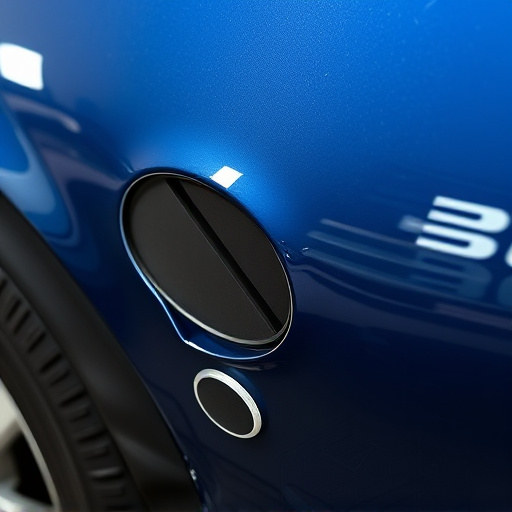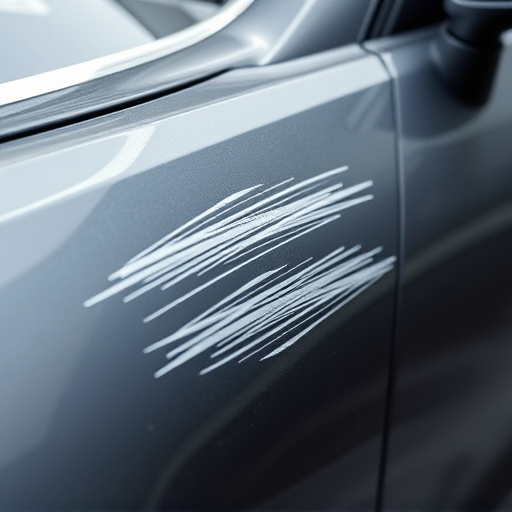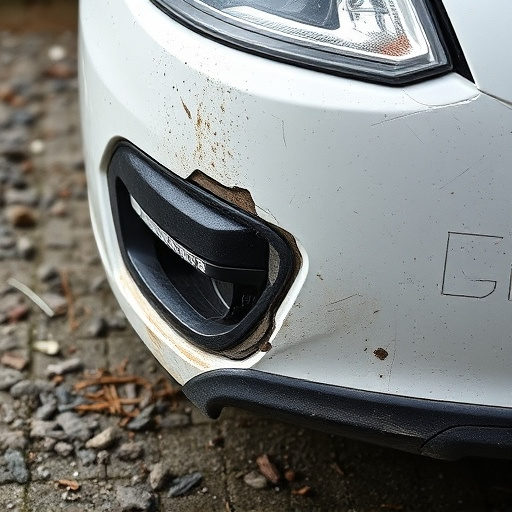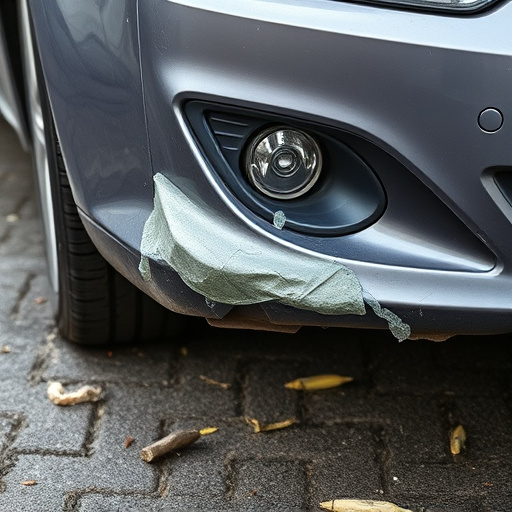Choosing a Trusted Shop for Airbag Module Replacement Safely

When replacing airbag modules in modern or classic cars, choose reputable collision repair shops wit…….
In the ever-evolving landscape of automotive safety, airbag module replacement stands as a critical aspect that shapes the protection of drivers and passengers in modern vehicles. This article delves into the intricacies of this process, exploring its significance, global impact, technological advancements, regulatory framework, and future prospects. By examining these various facets, we aim to provide an in-depth understanding of airbag module replacement—its role, challenges, and potential to drive positive change in vehicle safety standards worldwide.
Definition: Airbag module replacement refers to the process of installing or updating airbag systems in motor vehicles to ensure optimal safety performance. It involves replacing the existing airbag modules—comprising sensors, inflators, and airbags—with newer models that incorporate advanced technologies for enhanced protection.
Core Components:
Historical Context: The concept of airbags originated in the 1970s as an active safety feature designed to supplement passive safety measures like seatbelts. Over time, airbag technology evolved, leading to the widespread adoption of SRS (Supplemental Restraint Systems) in vehicles during the late 20th century. Today, airbag module replacement is driven by advancements in sensor technology, inflator design, and material science, enabling more effective and reliable airbag systems.
Significance: Airbag module replacement is a vital step in ensuring vehicle safety keeps pace with technological progress and evolving crash dynamics. Regular replacements ensure that airbags remain effective against modern collision patterns, minimizing the risk of malfunctions or reduced performance over time.
The impact of airbag module replacement extends far beyond individual vehicles, influencing global automotive markets and safety standards:
International Adoption: Airbag systems are now standard equipment in most new vehicles worldwide, with regions like North America, Europe, and Japan leading the adoption. However, even in these mature markets, regular replacements are essential to keep up with technological advancements.
Trends Shaping the Market: Key trends include:
Regional Differences: While many regions have similar airbag standards, there are variations in regulations and implementation:
Airbag module replacement not only impacts safety but also has significant economic implications:
Market Dynamics: The global airbag market is substantial, with the demand for replacements driven by vehicle sales and safety regulations. According to a 2022 report, the global airbag market size was valued at USD 14.5 billion in 2021 and is projected to grow at a CAGR of 6.5% from 2022 to 2030.
Investment Patterns: Automotive manufacturers invest heavily in research and development (R&D) for airbag technology, aiming to create lighter, more efficient, and safer systems. This R&D investment contributes to the overall economic growth of the automotive sector.
Cost Analysis: Replacing airbag modules involves labor costs for disassembly, inspection, and reassembly, along with the price of the new module itself. The cost varies based on vehicle make, model, and region, but it typically ranges from $50 to $200 USD per module.
Economic Impact: Effective airbag module replacement programs can:
The field of airbag module replacement is characterized by continuous technological breakthroughs:
Sensor Technology: Advanced sensors with improved algorithms enable faster and more accurate collision detection, enhancing airbag deployment effectiveness. MEMS (Micro-Electro-Mechanical Systems) sensors are increasingly used for their compact size and precision.
Inflator Design: Newer inflators use different propellants and designs to reduce the risk of inflation issues, such as over- or under-inflation. They also incorporate features like delayed activation to prevent secondary impacts.
Material Science: Researchers are developing advanced materials for airbags, focusing on improved strength-to-weight ratios, better tear resistance, and enhanced deployment characteristics.
Integration with ADAS: Airbag modules are increasingly integrated with Advanced Driver Assistance Systems (ADAS), such as collision avoidance systems and lane departure warnings, providing a more comprehensive safety suite.
Remote Monitoring and Software Updates: Wireless communication technologies enable real-time monitoring of airbag system health, allowing for proactive maintenance and software upgrades.
Government regulations play a pivotal role in driving the adoption and improvement of airbag module replacement:
Safety Standards: Organizations like NHTSA (National Highway Traffic Safety Administration) in the US and EUR (European Union Regulation) set minimum safety standards for airbags, dictating performance requirements and testing protocols.
Mandatory Requirements: Many countries mandate regular airbag replacements or inspections to ensure optimal performance. For example, the EU’s General Safety Regulation (GSR) requires periodic technical inspections of safety systems, including airbags.
Incentives and Penalties: Governments may offer incentives for manufacturers that incorporate advanced airbag technologies, encouraging innovation. Conversely, penalties for non-compliance with safety standards can be significant.
International Harmonization: Efforts are underway to harmonize global safety standards, ensuring consistent airbag requirements across borders. This collaboration aims to facilitate vehicle safety improvements and streamline cross-border trade.
Despite its critical role, airbag module replacement faces several challenges:
Cost of Compliance: Upgrading or replacing airbag modules can be expensive, especially for older vehicles. This cost burden may deter some manufacturers and consumers, particularly in regions with stringent safety regulations but limited economic resources.
Logistical Challenges: Replacing airbag modules requires specialized training and equipment, posing logistical challenges in remote areas or developing nations with limited access to automotive services infrastructure.
Technical Complexity: As airbag technology advances, the complexity of replacements increases, demanding higher technical expertise from service providers. This skill gap can lead to substandard replacements or delays in service.
Proposed Solutions:
Case Study 1: Germany’s Strict Airbag Standards
Germany is renowned for its stringent safety regulations, and its approach to airbag module replacement serves as a notable example. The country mandates regular inspections of all vehicles, including thorough checks on airbag systems. This strict policy has led to high compliance rates and improved airbag performance across the fleet. As a result, Germany has experienced significant reductions in collision-related injuries and fatalities, showcasing the positive impact of rigorous airbag replacement standards.
Case Study 2: Japan’s Advanced Airbag Technology
Japan’s automotive industry is known for its cutting-edge technology, and their adoption of advanced airbag systems is a prime example. Japanese manufacturers have pioneered side-curtain airbags and seatbelt pretensioners, providing comprehensive protection to all occupants. Regular updates and replacements ensure that these systems remain effective against evolving crash scenarios. This commitment to innovation has made Japan a leader in vehicle safety, setting a benchmark for global standards.
Case Study 3: US NHTSA’s Airbag Recall Program
The NHTSA implemented a landmark airbag recall program in the late 2010s, affecting millions of vehicles equipped with defective Takata airbags. This massive effort highlighted the importance of proactive airbag replacement programs. By working closely with manufacturers and dealers, the NHTSA ensured that affected vehicles were repaired, significantly reducing the risk of serious injuries or fatalities related to airbag malfunctions.
The future of airbag module replacement is promising, with several emerging trends shaping its trajectory:
Integration with Autonomous Vehicles: As autonomous driving technologies mature, airbags will play a dual role—protecting occupants during human-driven trips and enhancing safety in the event of a collision involving self-driving cars.
Airbags as Part of an Integrated Safety System: The trend towards combining airbags with other ADAS features, such as lane keeping assist and automatic emergency braking, will continue, providing a more holistic approach to vehicle safety.
Personalized Airbag Systems: Future airbag modules may offer customizable settings based on occupant size, weight, and seating position, ensuring optimal protection for every individual.
Sustainable Materials: There is a growing emphasis on using eco-friendly materials for airbags, aiming to reduce their environmental impact while maintaining performance.
Strategic Considerations:
Airbag module replacement is a dynamic field, constantly evolving with technological advancements and regulatory demands. As vehicles become more sophisticated, the role of airbags in active safety continues to expand. By addressing economic considerations, embracing technological innovations, and navigating policy challenges, the global automotive industry can ensure that airbag systems remain at the forefront of vehicle safety.
The case studies presented illustrate successful implementations, demonstrating the tangible benefits of effective airbag module replacement programs. As we look ahead, the future prospects suggest a more interconnected and intelligent approach to vehicle safety, with airbags playing a pivotal role in this evolution. Regular updates and replacements will be essential to protect drivers and passengers in an ever-changing automotive landscape.
Q1: How often should I replace my airbag module?
A1: Airbag modules should be replaced or inspected according to the vehicle manufacturer’s recommendations and local regulations. As a general guideline, consider replacing them every 5-10 years or after significant accidents to ensure optimal performance.
Q2: Can I install a used airbag module?
A2: While it is possible, using a used airbag module carries risks as it may have been exposed to varying conditions and potential damage during its prior service life. It is generally recommended to use new or certified refurbished modules for safety and reliability.
Q3: How do I know if my airbag has a defect?
A3: Look out for warning signs like an audible or visual alarm when the airbag system is activated, unusual noises during driving, or lights indicating airbag deployment problems. Regular maintenance checks by trained professionals can also help identify potential issues early on.
Q4: Are there any eco-friendly alternatives to traditional airbags?
A4: Researchers are exploring sustainable materials for airbags, aiming to reduce their environmental impact. While not yet mainstream, these alternatives focus on using bio-based or recycled materials while maintaining performance and safety standards.
Q5: How can I find reputable airbag replacement services?
A5: Reputable auto repair shops and dealership service centers typically offer reliable airbag replacement services. You can also check online reviews and ask for recommendations from trusted automotive forums to ensure a qualified and trustworthy service provider.

When replacing airbag modules in modern or classic cars, choose reputable collision repair shops wit…….

Before replacing an airbag module, technicians prepare a safe workshop environment and strictly adhe…….

Airbag module replacement requires meticulous attention and automotive expertise. It involves diagno…….

Airbag module replacements require specialists to remove faulty modules, install new ones with secur…….

Proper airbag module calibration after replacement is crucial for vehicle safety, preventing fatal c…….

Airbag module replacement is a safety-critical process requiring specialized tools and trained techn…….

When considering airbag module replacement, understand OEM warranties (5-10 years) and auto collisio…….

Airbag module replacement requires skilled technicians and specific parts for vehicle safety. Choose…….

Modern vehicle safety relies on skilled professionals for airbag module replacement, requiring speci…….

Airbag malfunctions require specialized diagnosis and skilled technicians for accurate identificatio…….